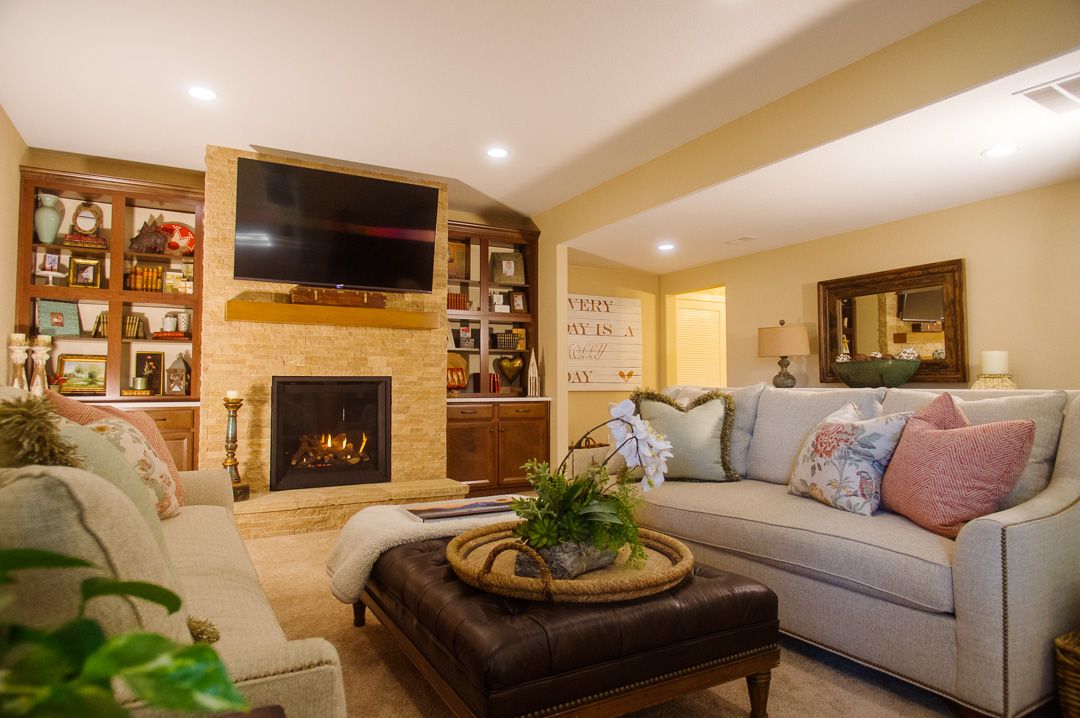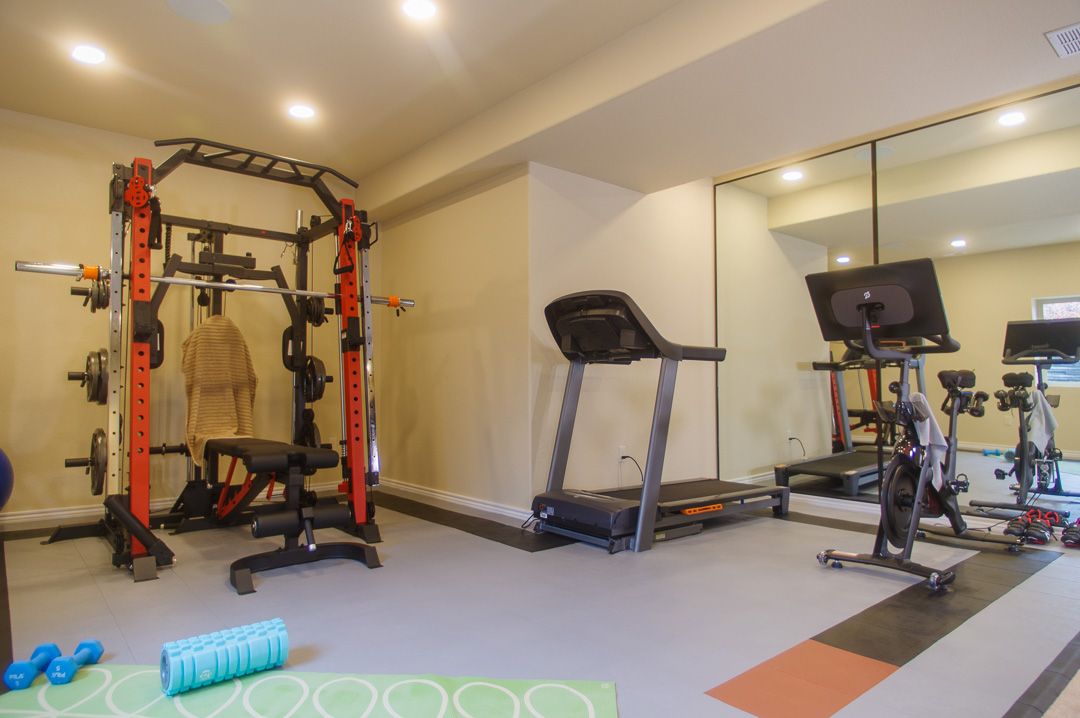
Key Steps to Prep for Your Basement Renovation: Don't Overlook These Essentials

Don’t forget these steps! The work you need to do ahead of finishing your basement.
Whether you’re hiring a contractor or doing the project yourself, a successful basement finish begins with the work you do ahead of time. Proper planning, budgeting, contingencies, and expectations will make the process seem seamless. In this article, we’ll cover a few steps to complete ahead of time before lumber gets dropped.
Inspect Basement for Moisture
The biggest killer of any basement, finished or unfinished, is unwanted water. Generally, here in Colorado Springs, we don’t see many flooded basements as opposed to folks back east. Most basements aren’t concerned with the water table or subjected to yearly flooding. However, we do get our share of flash floods. It’s also not uncommon for man-made flooding water issues to arise–water line leaks, improperly install landscaping or sprinkling systems, or a neighbor changing the topography of their lot leading to improper runoff.
Whatever the cause, water in your basement is a major issue. When you first begin to think about finishing your basement, inspect it. Physically go through all the nooks and crannies of your basement and search for signs of water. This includes actual moisture, but also evidence of water in the past–stains, watermarks, discoloration, etc. If you’re able, do this several times throughout the year. As the seasons change, the volume of water your foundation subjected to changes. Inspecting a dry basement in the fall may be very misleading once spring rolls around.
If there are any signs of moisture, this is a hard stop. You must address where the water is coming from and solve this issue. Once all options and solutions have been explored, and at this point we strong recommend hiring a professional, you may have to accept that you have a water-prone basement. That may mean installing a sump pit with pump, choosing water resistant flooring, or leaving some areas unfinished.

Clean Your Basement
Like, get rid of all the junk. Unfinished basements tend to resemble storage units after a few years and it’s important that you remove all of these items. Moving piles of stuff from room to room as you work quickly becomes a frustrating chore. Further, all of these items will be exposed to active construction dirt and dust and could potentially ruin your stuff. Clean up and clean out the entire work area.
Square Footage and Design
With your basement clean and dry, it’s now time to really start flushing out all of the ideas that inspired you to take on this project. With a tape measure and ability to take notes, begin to figure out the entire square footage that you intend on finishing. This number will become useful when formulating budgets and communicating with contractors and suppliers.
We’ve also found that stealing some of your kids sidewalk chalk can be incredibly helpful during this step. Roughly sketch the layout of your basement on paper. Once you have a layout that you think you like, transcribe that onto the concrete floors of your basement. Visually seeing your design laid out on the floor, and physically being able to walk around it will give you a much better sense that your room sizes are adequate and proportional.
Once you’re happy and your basement floor resembles a playground, convert your layout to a scaled drawing on graph paper. The dimensions you use in this drawing will be used to budget and order material, so it’s important to put in a little effort and do the drawing to the best of your abilities. Rulers and erasers are handy.

Budget
Now, armed with real numbers to work with, you can begin to do a take-off of material needed. All the dimensions of walls you wrote down will allow you to figure out how much lumber, electrical, plumbing, drywall, trim and casing, paint, and flooring is needed. This is where features like theater rooms, extravagant wet bars, or saunas can change overall pricing considerably. Just to plainly finish a room is easy to figure out, however, if you intend on adding built in functionality, these elements must be included in your take-off.
When we get to budgeting, this is where reality tends to kick in. Grand ideas are met with practical numbers, and it’s important that you get comfortable with the costs. Also, it’s important that you’re knowledgeable of the costs before consulting third parties or contractors to ensure everyone is playing fairly. As stated above, this is where knowing how much square footage you’re finishing becomes important. Know your cost per square foot – if anyone if off wildly from your number, you can question it. With this number, you’ll also know when to put on the brakes if the project starts getting out of hand.
Conclusion
Once you’re comfortable with your budget, the next step would be permitting. However, before beginning any basement finishing project, we recommend that homeowners diligently spend time on the steps above. Once you have a plan in place, we can help with the details, correct a few mistakes, or suggest new practices and materials you may not be aware of. Remember, what you’re accomplishing is a “start” and it’s okay if things change from that. By being involved and knowledgeable about your project, you’ll remove the vast majority of surprises. For more basement finishing advice and quotes, give us a call – we’d love to take a look at your project.


